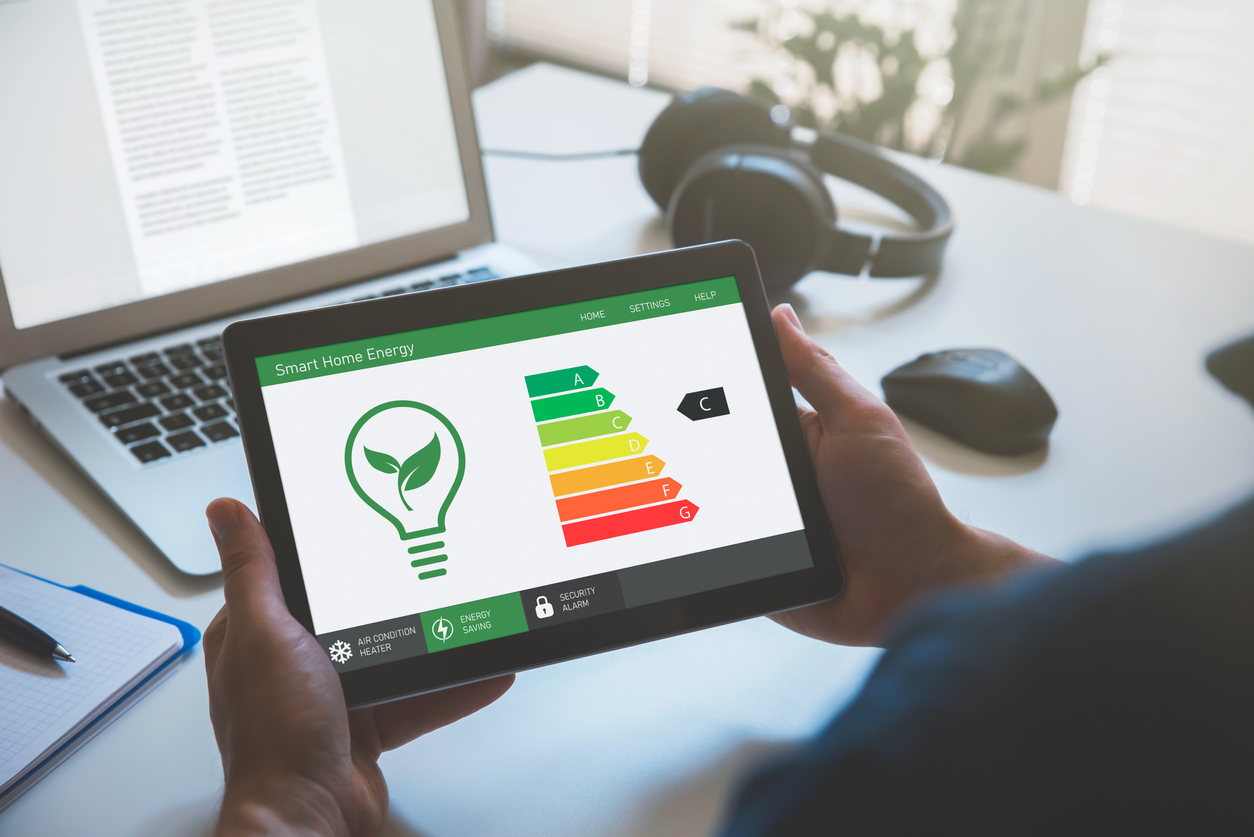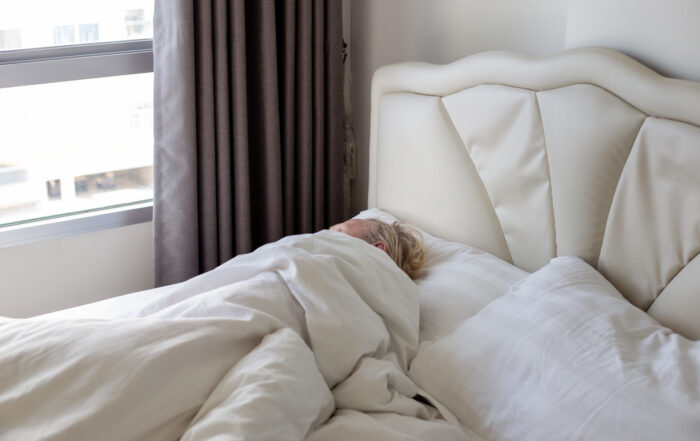Yoga, Pilates, Tai Chi: What Are the Benefits?
Social Links
As we age, our muscles, tendons and ligaments can get tight and sore, meaning that our mobility is adversely affected. Many people turn to stretching exercises when they want to overcome this affect of ageing, and your doctor may have recommended one or all of the following – yoga, pilates or tai chi.
That said, it can be hard to know which one of these exercises is best for you. Here is a brief overview of the changes that occur to your body as you age, and a description of yoga, tai chi and pilates – and how they can help.
Changes to your skeleton, muscles and joints
While all people lose bone density and mass as they age, women after menopause often experience these problems to a higher degree than men. Calcium, minerals and fluids are all in shorter supply as we age, and our vertebrae get thinner, triggering our spines to become more curved.
Some other changes that you might see include:
- The arches of the feet curve to a higher degree, contributing to a loss of height
- The long bones of the arms and legs become more brittle, meaning that they are more likely to break from minor accidents and falls
- Joints become less flexible, and cartilage can begin to wear away
- Minerals may begin to collect around joints, leading to calcification and uncomfortable growths
- As muscle tissue atrophies, lean body mass decreases, leading to more difficulty getting around
These affects of ageing are not inevitable – stretching can help
While stretching may not make you break a sweat or start breathing heavily (something that a small amount of equally valuable cardio exercise will do), it will do wonders for your flexibility and overall health. Regularly stretching will ensure that your muscles remain long and limber, your joints stay stronger and your cartilage remains intact.
Three stretching exercises to consider:
Tai Chi
Tai Chi is actually a martial art, but many people around the globe practice it as an exercise because of its numerous health benefits. A mix of gentle stretching, mindfulness and balance control, it has been shown to reduce pain, depression, flexibility and over all quality of life.
Pilates
Dr. Joseph Pilates developed this series of stretches in the 1960s, and since then millions of people around the planet have chosen to ‘engage their core’ (abdominal muscles) and participate. Pilates is known for improving flexibility and balance, elongating the muscles and improving over all joint mobility.
Yoga
Practised in South Asia for thousands of years, the practice of yoga is increasingly popular in the global West. Combining mindfulness, stretching, balance into a deliberate series of movements, yoga is ideal for beginners. After embarking on a course of yoga classes, many people find that they lose weight, improve their strength and improve their quality of life.
Things to remember
No matter which kind of gentle stretching you choose to take up, always remember that less is often more. Do not push your body past where it is comfortable – you want to feel the resistance, but you never want to feel burning or pain. If you start to feel this way, you need to back off immediately.
Consider enrolling in a local class for one on one guidance, or if you prefer to exercise in the convenience of your home, you can hire a personal trainer. Not in the budget? No problem – you can watch online videos for detailed instructions.
*This website contains general medical information. The medical information is not advice and should not be treated as such. Read our full Medical Disclaimer here.



